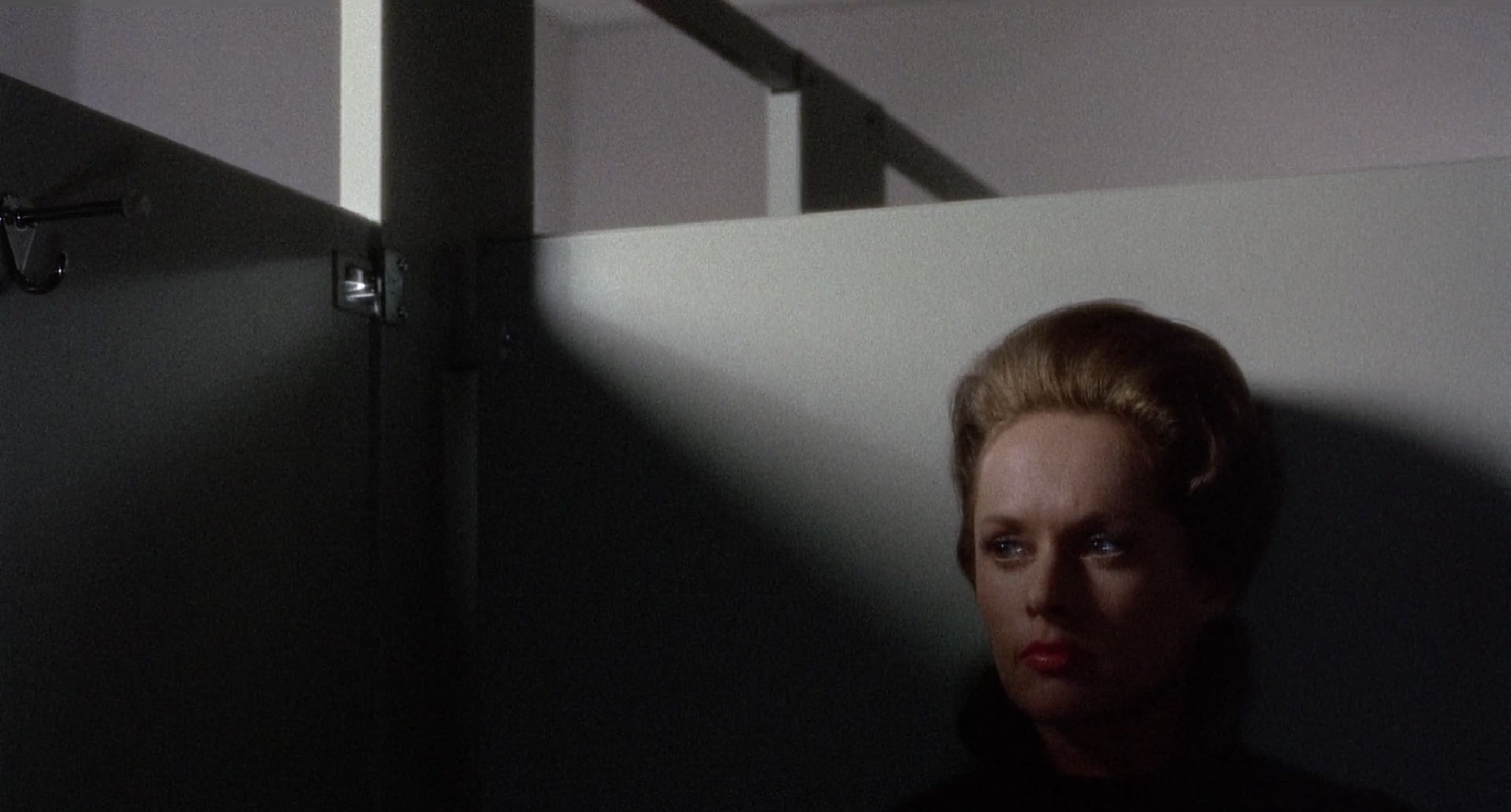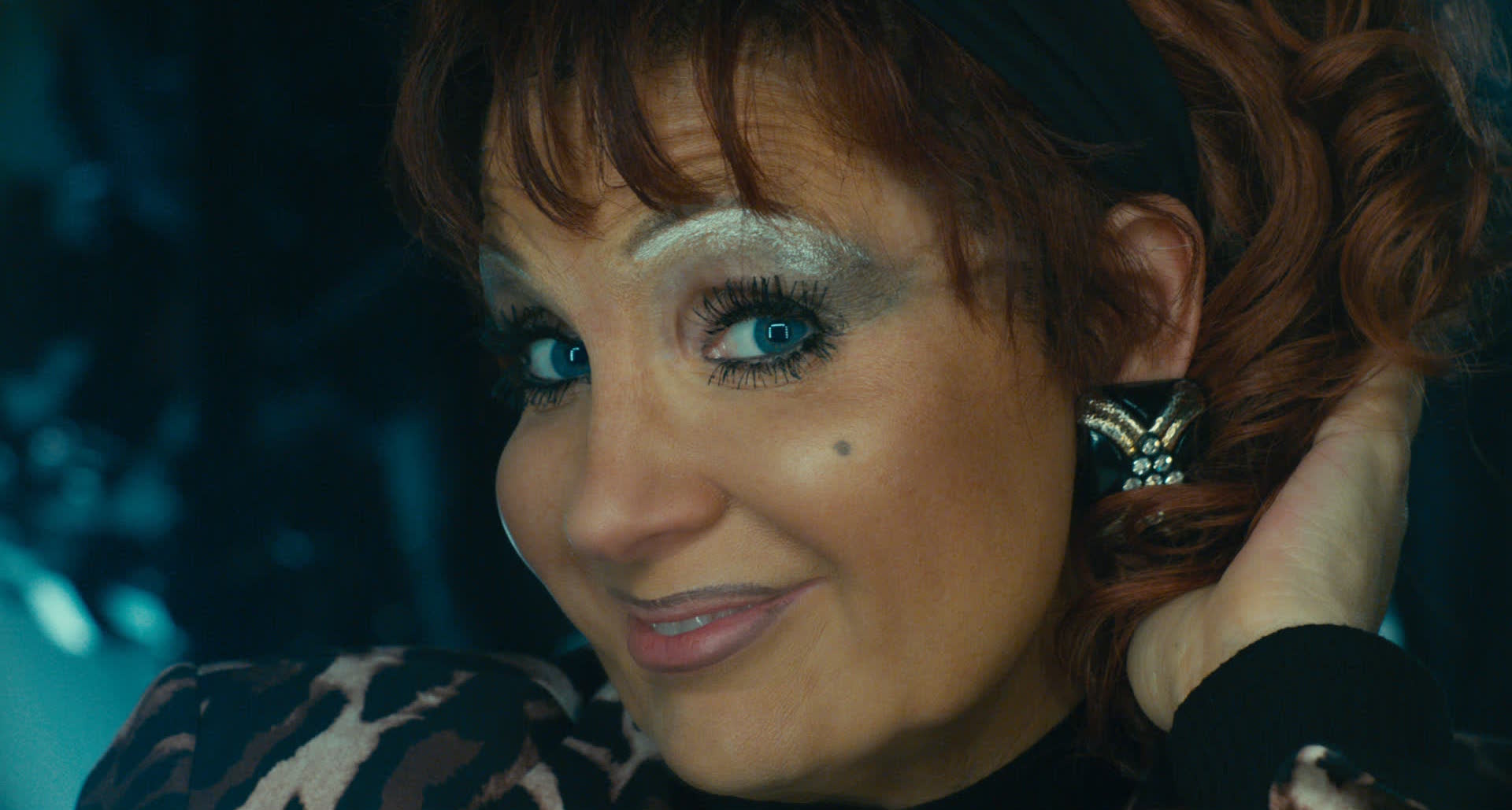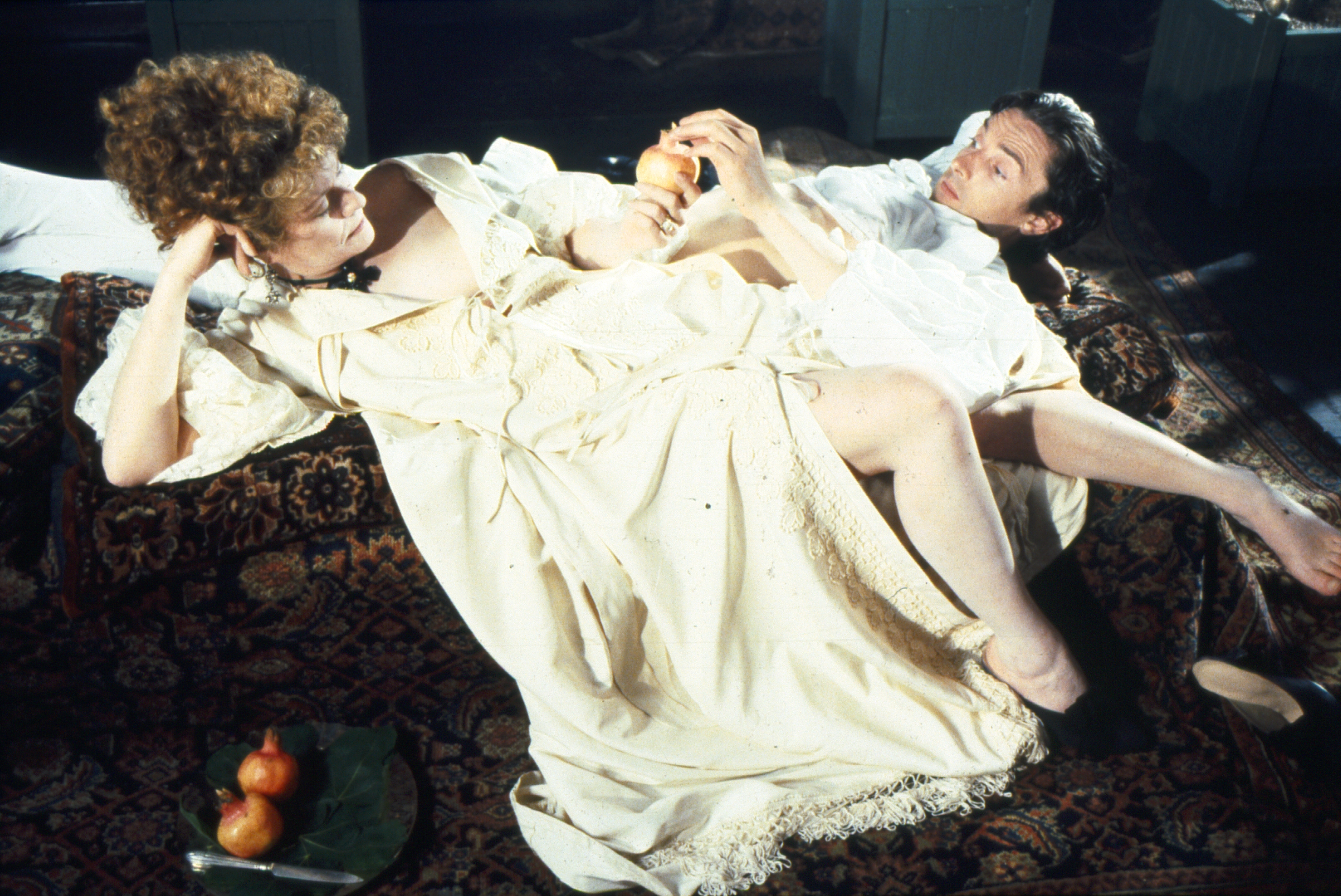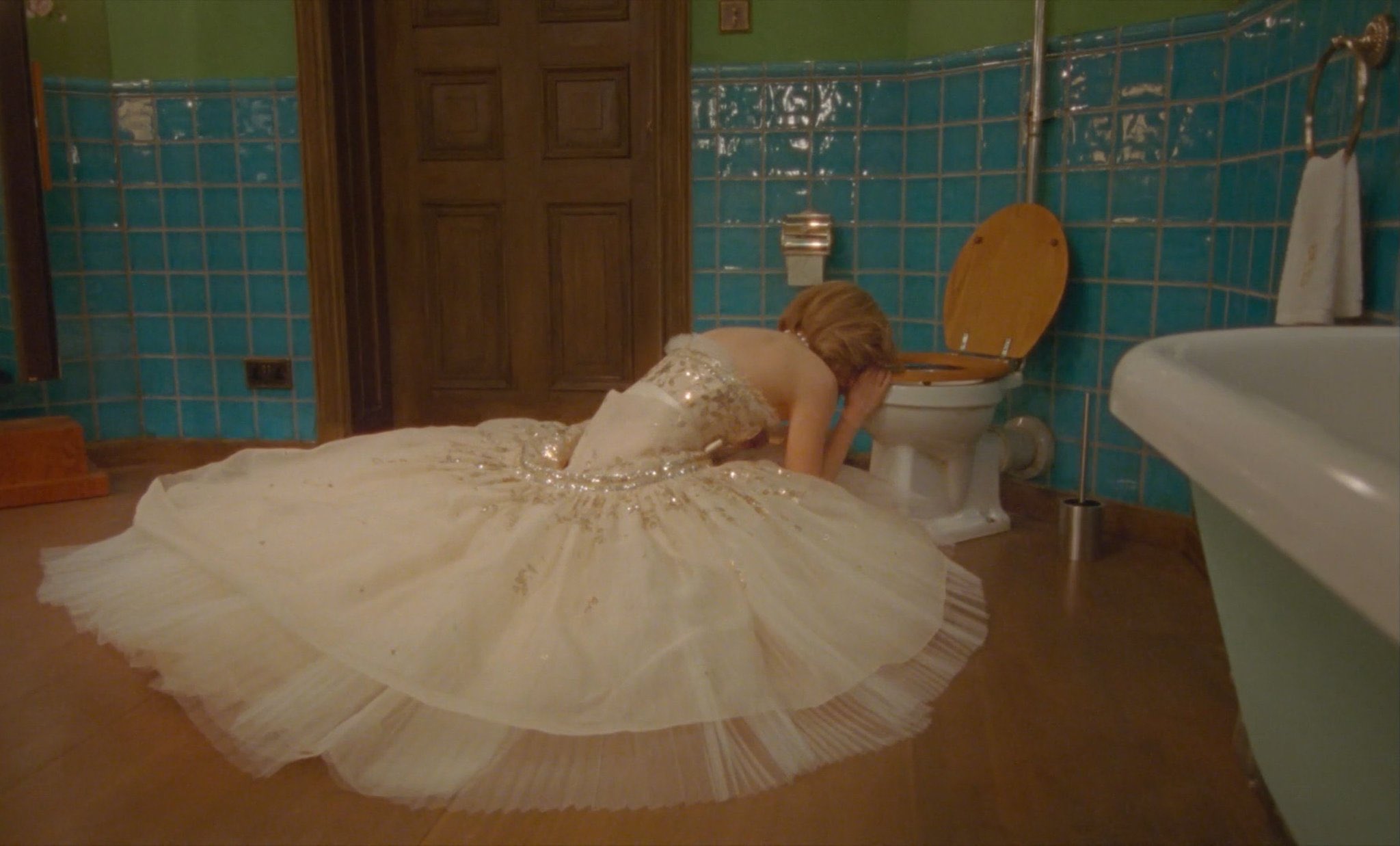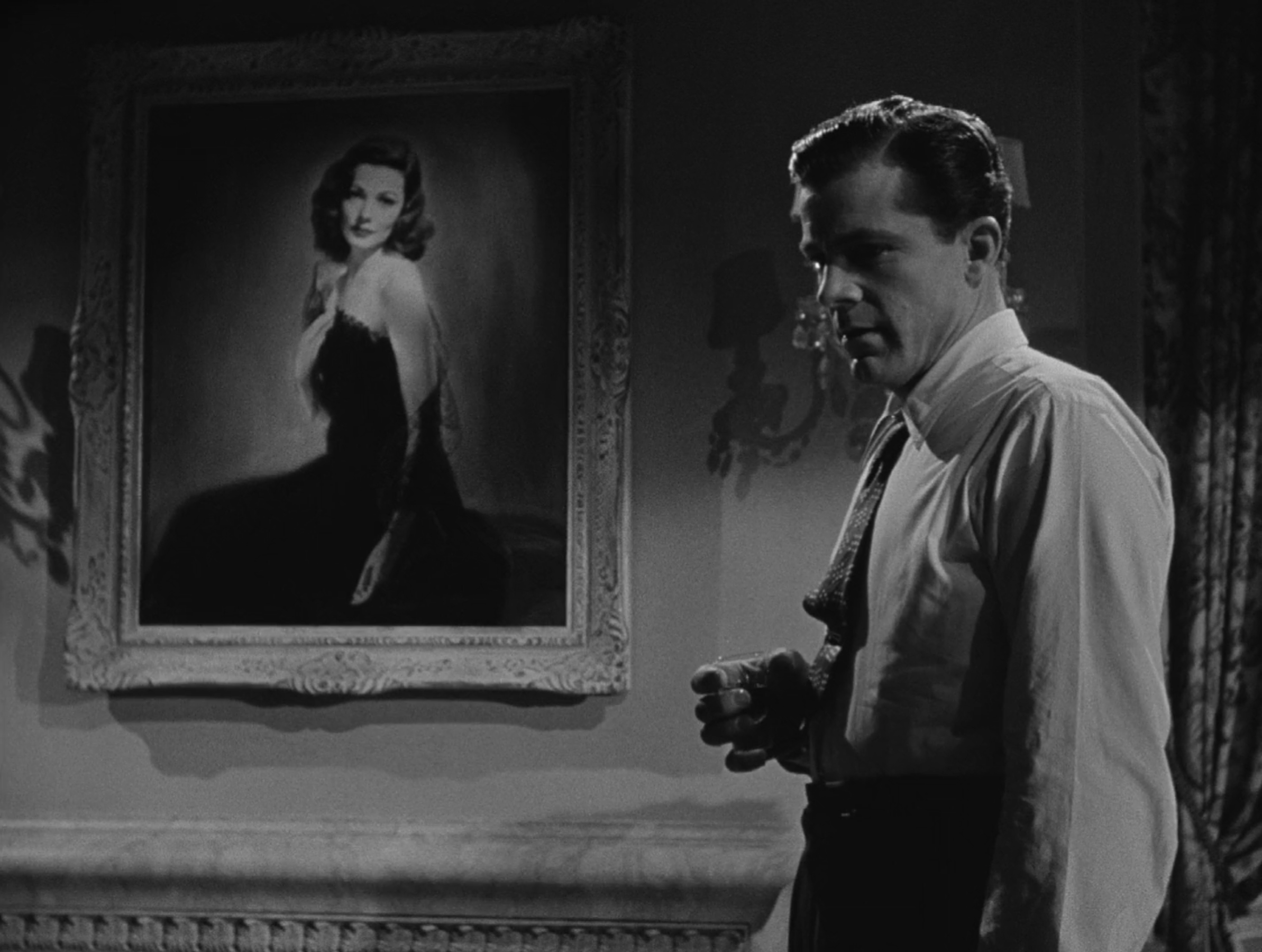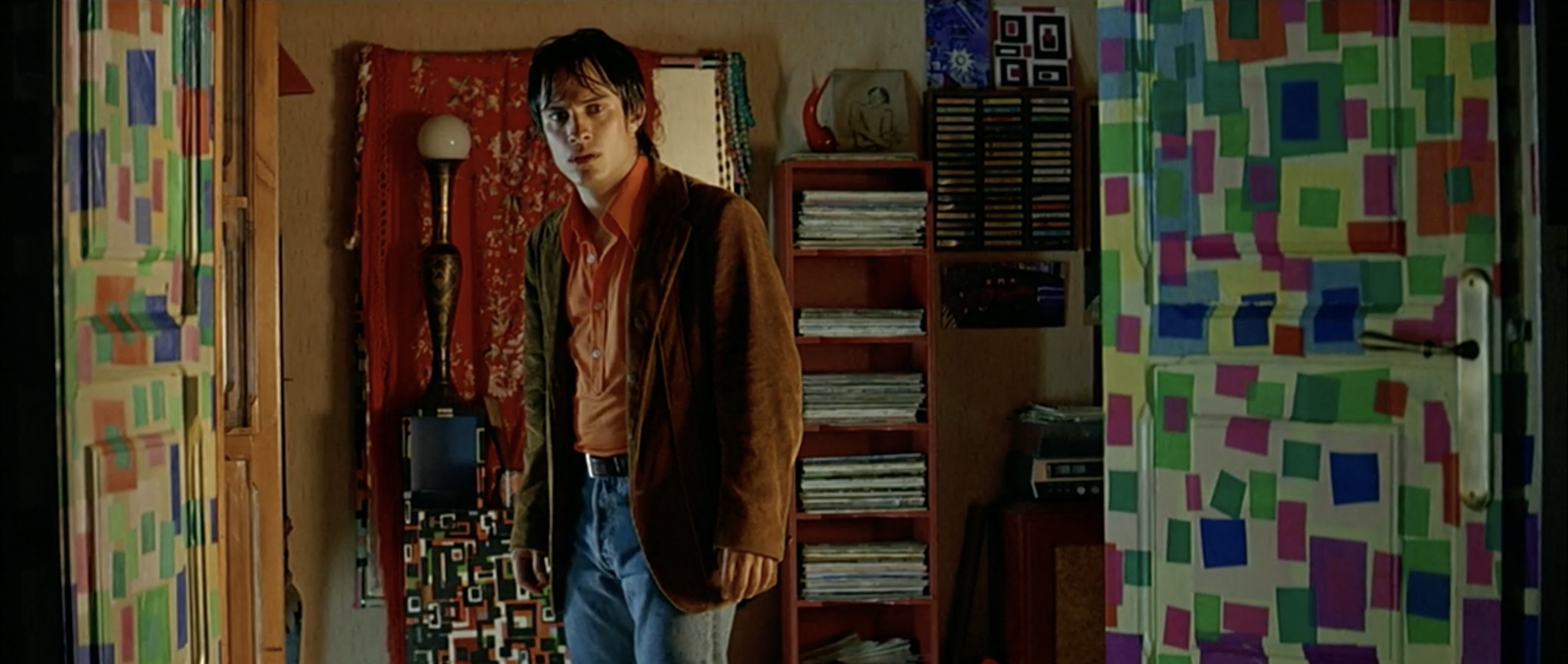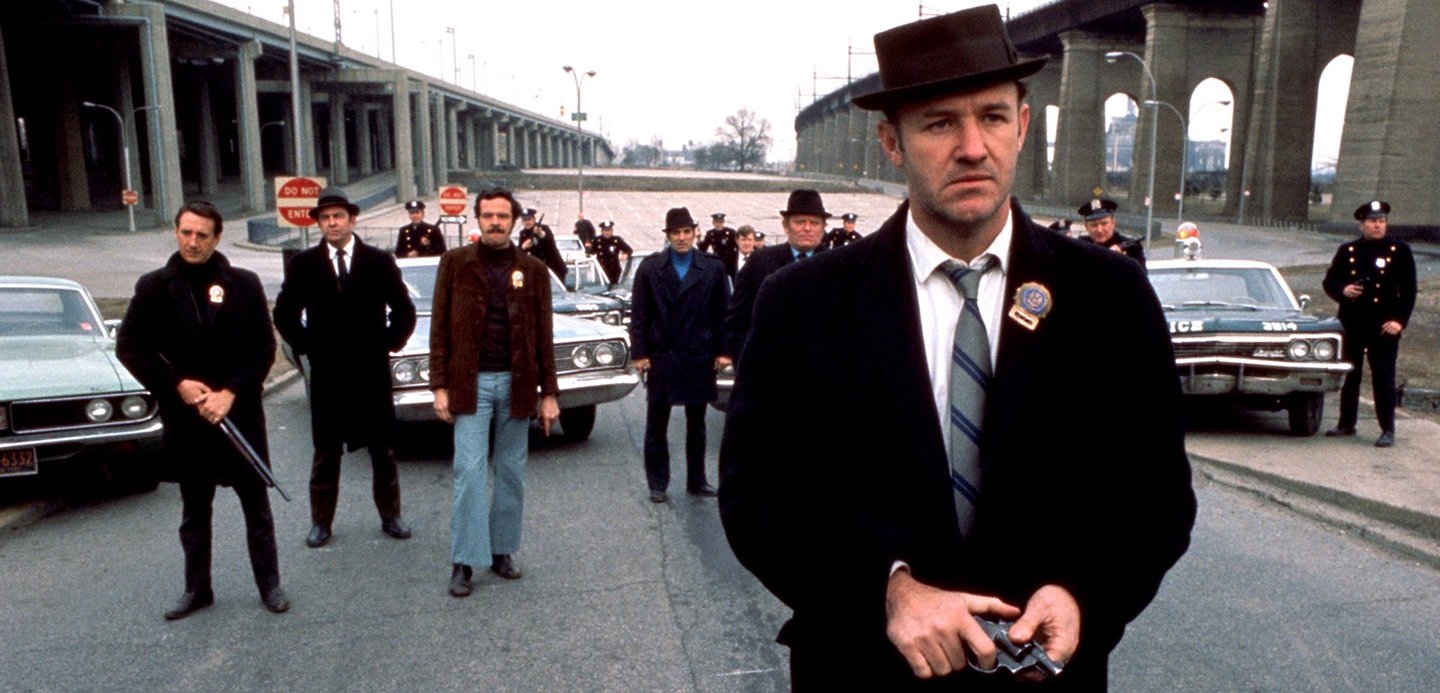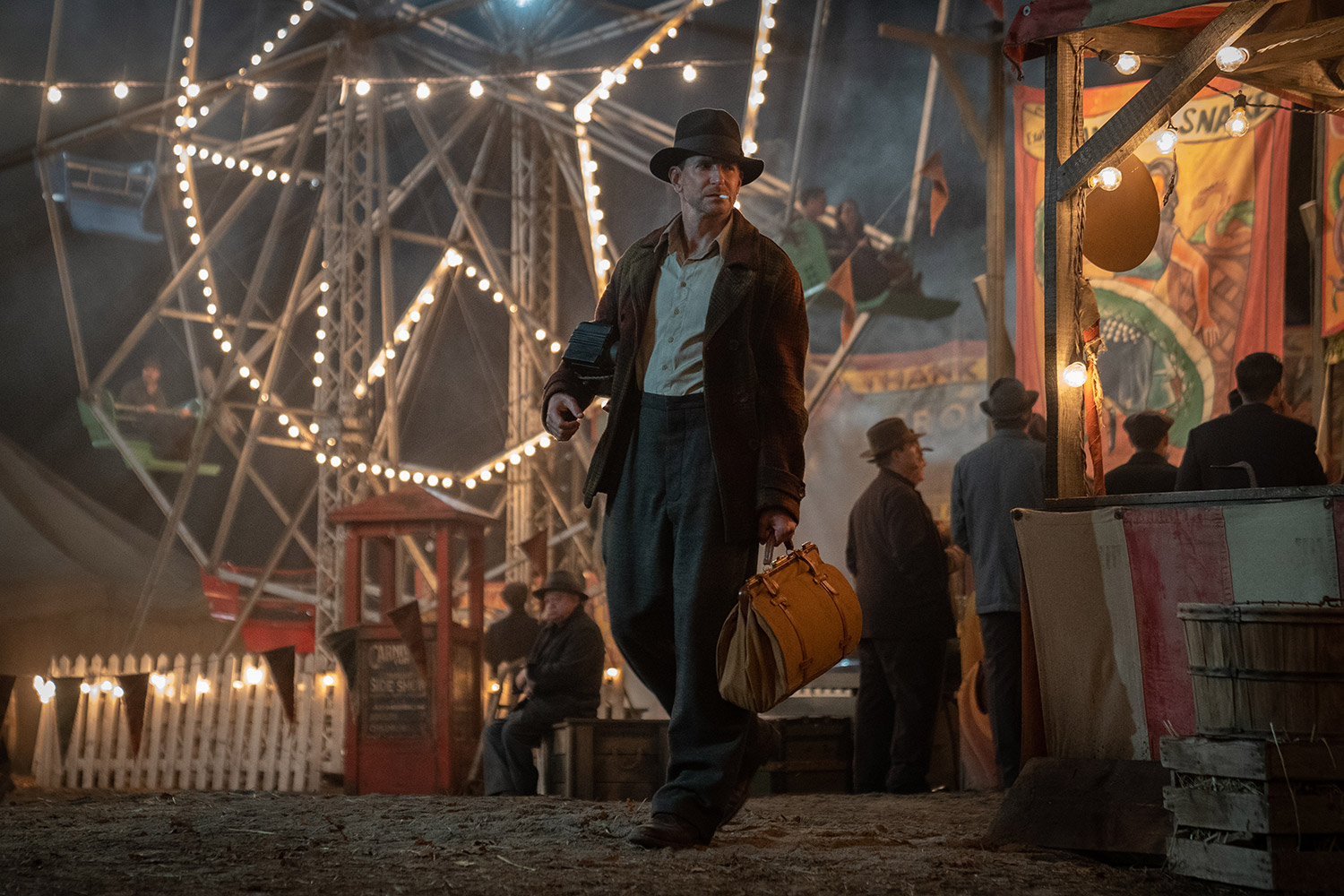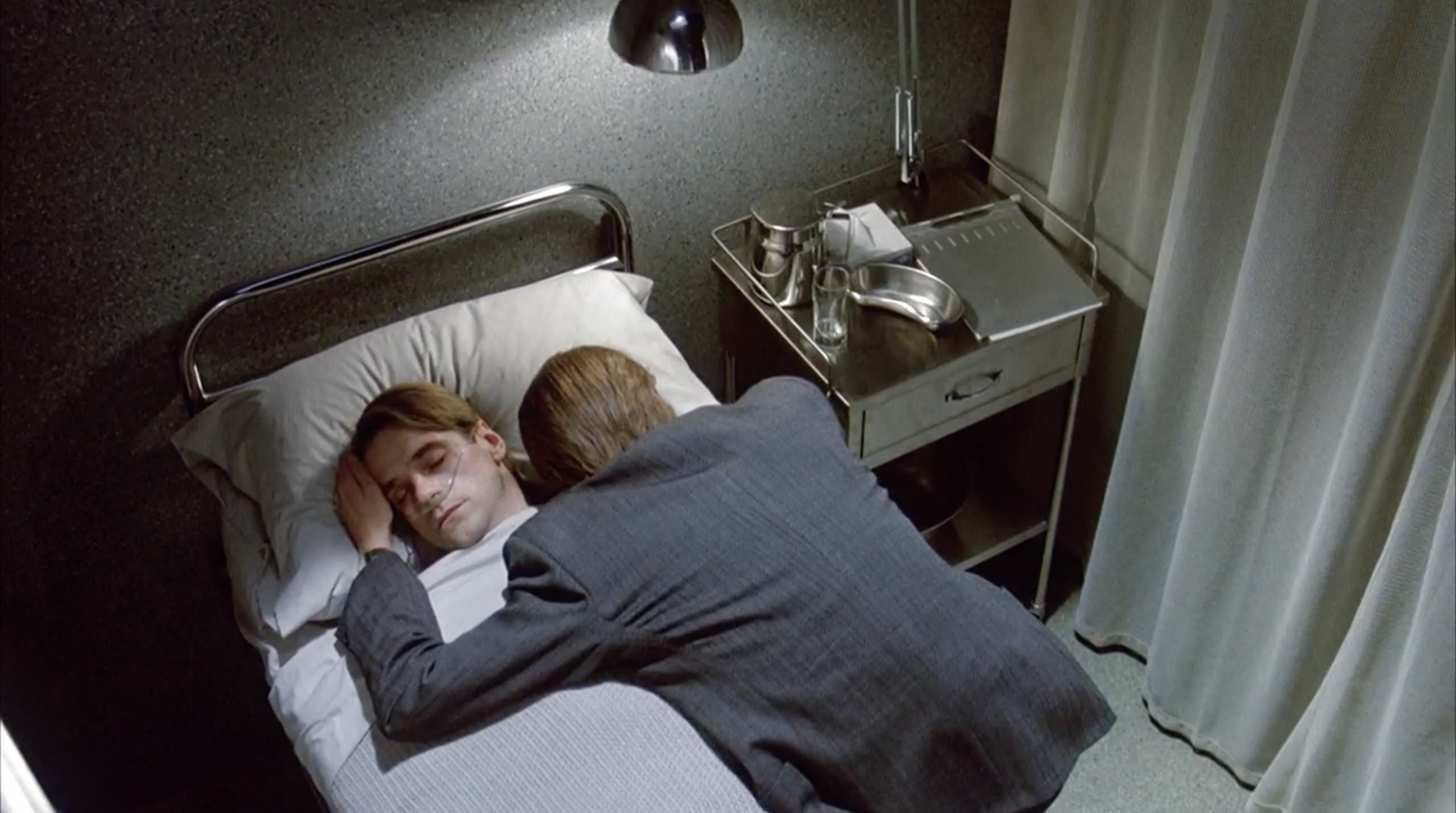Marnie (1964)
Alfred Hitchcock’s flawed but fascinating unravelling of one of his greatest characters in Marnie weaves a suspenseful mystery of powerful visual motifs through her erratically compulsive behaviour, leading us deeper into her mind to discover what sort of repressed trauma is at the source of it all.

